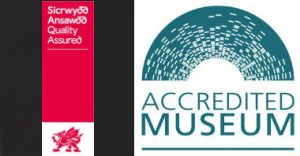Introduction
In 1700 Swansea was a small market town and the leaders of Swansea considered tourism to be the future for the town. By 1860 the population of Swansea had gone from about 2,000 in 1700 to nearly 100,000 by 1900 and had the nickname “Copperopolis”. What were the circumstances that led to this dramatic change and what were the results for both the town, the people and the environment of Swansea.
The session will explore how Wales become the first country in the World to experience the Industrial Revolution.
Schools may wish to explore the option of booking a trip on the Copper Jack which links nicely with this theme.
Pupils often know the Enterprise Park B&Q, Morrisons, the Liberty Stadium, and the Marina. In exactly this area were the industries which grew up from 1700s and transformed society during the 19th century.
What happened in Swansea and Wales was just as important as the textile inventions of Northern England. Copper and tinplate in this area were as important as Merthyr iron and Rhondda coal.
Copper Jack
Schools who may be booked on the Copper Jack can book follow up sessions for the same day on Swansea and the Industrial Revolution if the education room is available.
Progression Level 3
Target age Yr 4 to 6
Length of session 2 hours
Area of Learning:
Humanities
What Matters Statements:
Enquiry, exploration and investigation inspire curiosity about the world, its past, present and future.
Events and human experience are complex, and are perceived, interpreted and represented in different ways.
Our natural world is diverse and dynamic, influenced by processes and human actions.
Human societies are complex and diverse, and shaped by human actions and beliefs.
Informed, self-aware citizens engage with the challenges and opportunities that face humanity, and are able to take considered and ethical action.
Science and Technology
Being curious and searching for answers is essential to understanding and predicting phenomena.
Design thinking and engineering offer technical and creative ways to meet society’s needs and wants.
The world around us is full of living things which depend on each other for survival.
Cross Curricular Skills:
Creativity and Innovation
Creative thinking and problem solving

